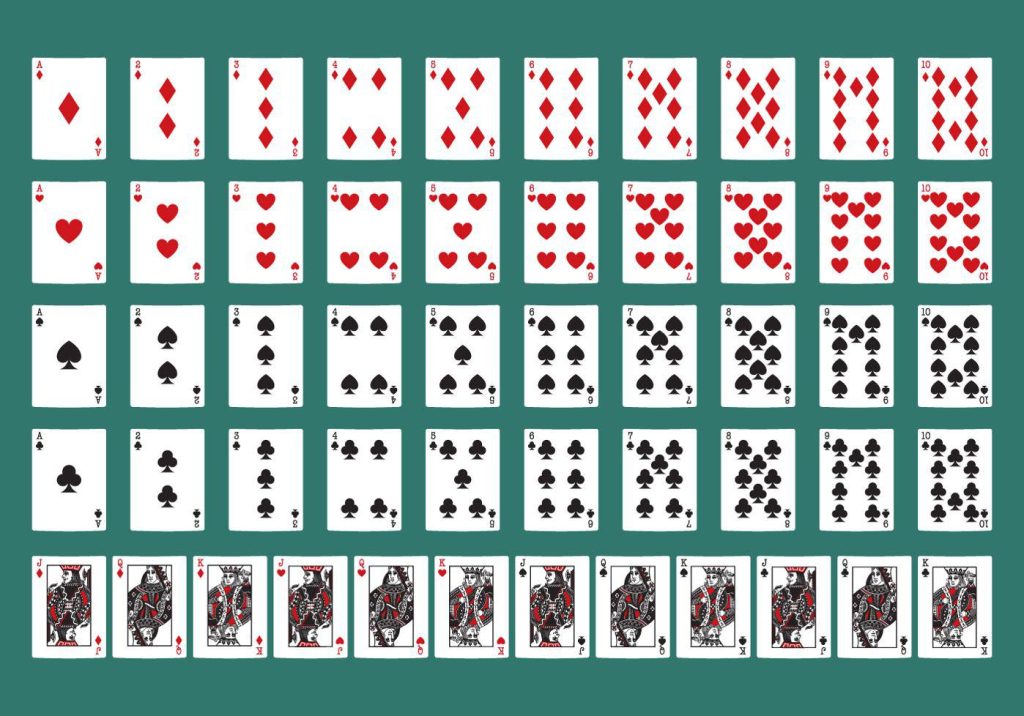
Poker card combinations
William
- 0
If you’re a fan of card games, chances are you’ve come across poker at some point. This popular game requires a combination of skill, strategy and luck to come out on top. One of the key elements of poker is understanding the different combinations of cards that can be used to win. In this article, we’ll look at the basics of poker hand combinations and how you can use them to your advantage.

The origins of poker
The exact origin of poker is unclear, but historians believe that the game has its roots in many ancient games that were played in different parts of the world. Some experts believe that poker was influenced by the Persian game As Nas, which dates back to the 16th century. Others suggest that poker may have been influenced by the French game Poque, popular in the 17th century.
Poker has evolved over time as it has been played in different parts of the world. In the United States, poker became popular in the 19th century during the gold rush. The game was played on river boats and in saloons and quickly spread throughout the country. In the early days of poker, the game was played with a deck of 20 cards and each player was dealt five cards. By the mid-1800s, the deck had been expanded to 52 cards and the game took on its modern form.
Understanding Poker Hands
In poker, the goal is to make the best five-card hand possible using a combination of cards. A standard deck of 52 cards is used, and each card has a unique value and suit. The suits are clubs, diamonds, hearts and spades. Values range from 2 to 10, followed by jack, queen, king, and ace, which is the highest ranking card.
Hierarchy of poker hands
You can make ten different poker hands, each with a different rank. This:
- senior card
- Pair
- Two pairs
- Troika
- Straight
- Blush
- Full house
- Kare
- straight flush
- Royal Flush
Let’s take a closer look at each of these hands.
- senior card
This is the lightest hand and the lowest rated. It consists of any five cards that do not form any other combination. In case of a tie, the highest card wins.
- Pair
This hand consists of two cards of the same position and three other non-essential cards. In case two players have a pair, the player with the most noteworthy pair wins. Assuming they have a similar pair, the player with the highest kicker card wins.
- Two pairs
As the name suggests, this hand consists of two pairs of cards of the same value and one unrelated card. If two players have two pair, the player with the highest pair wins. If they have two identical pairs, the player with the highest kicker card wins.
- Troika
This hand consists of three cards of the same rank and two unrelated cards. If two players have three of the same card, the player with the highest card wins.
- Straight
A straight consists of five consecutive cards of different suits. If two players have a straight, the player with the highest card wins.
- Blush
This hand consists of five non-consecutive cards of the same suit. If two players have a flush, the player with the highest card wins.
- Full house
This hand consists of three cards of one rank and two cards of another rank. If two players have a full house, the player with three high cards wins.
- Kare
This hand consists of four cards of the same rank and one unrelated card. If two players have four of a kind, the player with the higher cards wins.
- straight flush
This hand consists of five consecutive cards of the same suit. If two players have a straight flush, the player with the highest card wins.
- Royal Flush
This is the highest hand in poker, consisting of ace, king, queen, jack and 10 of the same suit.
Using card combinations in poker
Knowing the various poker hands and their rankings is only the first step. To be successful at poker, you need to understand how to use these combinations to your advantage. Here are some tips to help you get started:
- Understand the odds of making different hands based on the cards you have and the cards on the table.
- Pay attention to your opponents’ actions and try to read their hands based on their betting patterns and behavior.
- Consider your position at the table and use it to your advantage when betting or deciding whether or not to fold.
- Don’t be afraid to bluff, but use it sparingly and strategically.
- Know when to fold and don’t chase hands that are unlikely to win.
- By understanding the different card combinations and how to use them, you can improve your poker skills and increase your chances of winning.

Conclusion
Poker is a competition based on talent, system and karma, and understanding the different card combinations is critical to progress. By knowing the order of poker hands and how to use them to your potential advantage, you can work on your chances of winning and improve as a player. So, the next time you jump into poker, be sure to keep these tips in mind.

